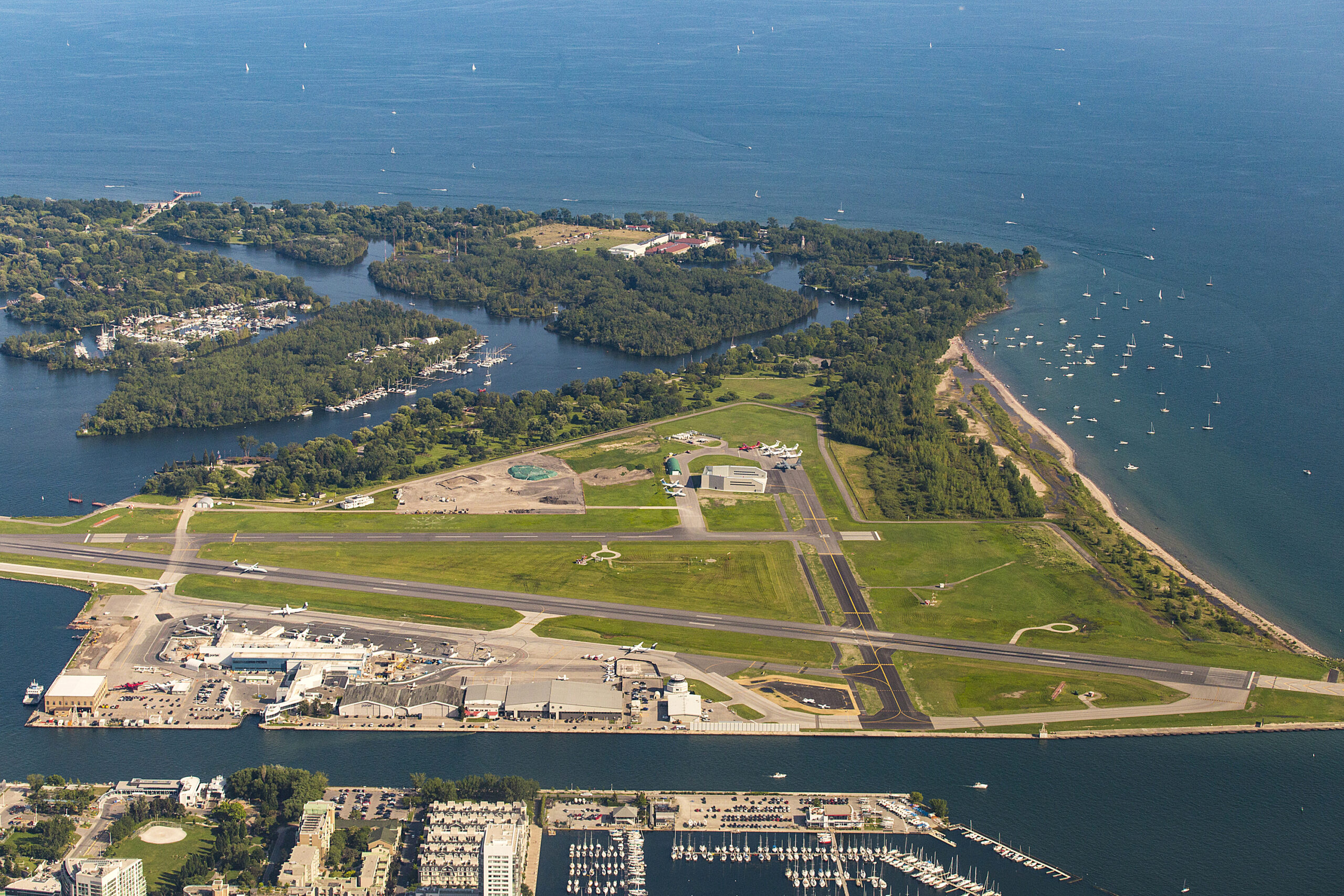The holiday season is a time of celebration and joy, and for many aviation enthusiasts, it presents an opportunity to take to the skies and embark on memorable adventures with family and friends. However, flying during the holidays, especially to new and unfamiliar airports, demands meticulous planning and a keen focus on safety.
In this article, we will explore the excitement and challenges of flying during this special time of year and discuss the importance of preparation and safety when visiting new airports.
As we all know, the world of aviation is vast and ever evolving, with a myriad of airports waiting to be explored. Whether you are a seasoned pilot or someone just beginning their journey to become one, the key to safe and enjoyable flights during the holidays is thorough preparation. Each new airport represents a unique learning opportunity, and treating it as such is essential.
Preparation Is Key
Before taking to the skies, it is crucial to dedicate time to prepare for your journey, especially if you’ll be traveling to a new airport. Start by thoroughly studying your destination’s sectional chart, terminal chart, and chart supplement. These valuable resources will provide information about the airport’s layout, runway lengths, and the surrounding terrain. They will also help you understand specific procedures that you need to be aware of.
Additionally, consider examining photographs and videos of the airport, which can provide visual cues about layout and surroundings. Do not forget to refresh your memory regarding the various airport symbols, ensuring that you fully comprehend their meanings.
Don’t forget that you can also contact the airport in advance to gather “local knowledge.” A simple phone call to the fixed base operator (FBO) can connect you with an instructor who can provide valuable insights into entry procedures, reporting points, and what to expect from air traffic controllers. You might also discover helpful tips about parking, fuel prices, and even the best local dining spots.
Safety in Holiday Flying
The holiday season is a time of joy and celebration, but it can also bring weather challenges. In the midst of thoughts of festivities and family gatherings, don’t forget that the weather can change rapidly. It is crucial to remain vigilant and not let excitement override your due diligence in ensuring aviation safety (AVSAF).
Flight reviews and preflight planning are essential. Before taking off, conduct a thorough flight review to ensure your skills and knowledge are up to date and in line with the highest standards of aviation safety. Additionally, check the weather conditions for both your outbound and return flights. The temptation to depart when the weather is favorable can be strong, but being unaware of upcoming conditions can be risky.
During the holidays, many trips may result in extended stays at your destination. Prepare for unexpected weather changes by having an alternate route in mind. Be flexible and willing to make the decision to postpone your flight if conditions become unfavorable. Safety should always be a top priority in holiday flying.
Consider Human Error
There are additional human factors that often contribute to aviation accidents. They include issues like non-compliance with norms or regulations, complacency, distractions, fatigue, stress, pressure, lack of assertiveness, lack of communication, lack of knowledge, lack of teamwork, lack of awareness, and lack of resources.
For example, effective communication between all parties involved in a flight, including pilots, air traffic controllers, and ground personnel, is crucial to ensuring safety. Misunderstandings or miscommunications can lead to potentially dangerous situations. Staying vigilant, adhering to procedures, and confirming critical instructions can help prevent communication breakdowns.
Likewise, complacency is another factor that can quietly sneak into the cockpit. Pilots who become overconfident or believe that accidents “won’t happen to them” may start taking shortcuts or neglecting safety protocols. It is essential to remain aware of this tendency and continuously strive for the highest standards of safety, even when flying to familiar destinations.
All these factors can erode the margins of safety, and recognizing their presence is a key step in mitigating associated risks. Understanding how human error can impact your flying is vital.
Currency and Proficiency
Piloting skills are not static; they require practice and continuous review. As in any other profession, flying demands that you maintain currency and proficiency. Always remember that your skills begin to deteriorate the day after your pilot’s exam.
Becoming complacent about your flying abilities can be dangerous. Armchair flying, where pilots speculate about incidents from a distance, is all too common. Professionalism as a pilot involves dedicating yourself to continuous training, staying up to date with rules and regulations, and truly understanding weather reports. This dedication allows pilots to make informed decisions and avoid guesswork.
Scheduling time with your instructor and taking refresher courses are vital steps to keeping your skills sharp. By approaching flying with a professional mindset, you ensure that every season becomes a great time to fly, including the holiday season.
Conclusion
Flying during the holidays can be a rewarding experience, allowing you to create lasting memories with loved ones. However, this joyous season also demands caution and preparedness. Treat each new airport as an opportunity to expand your knowledge, and approach your flights with a focus on safety and proficiency.
The key to successful holiday flying lies in continuous learning, thorough preparation, and a commitment to staying current and proficient. Whether you are flying to a new airport for the first time or as part of your holiday tradition, remember that the skies are vast, and there is always something new to learn. So embrace the joy of flying, stay safe, and make every season a season to remember.










